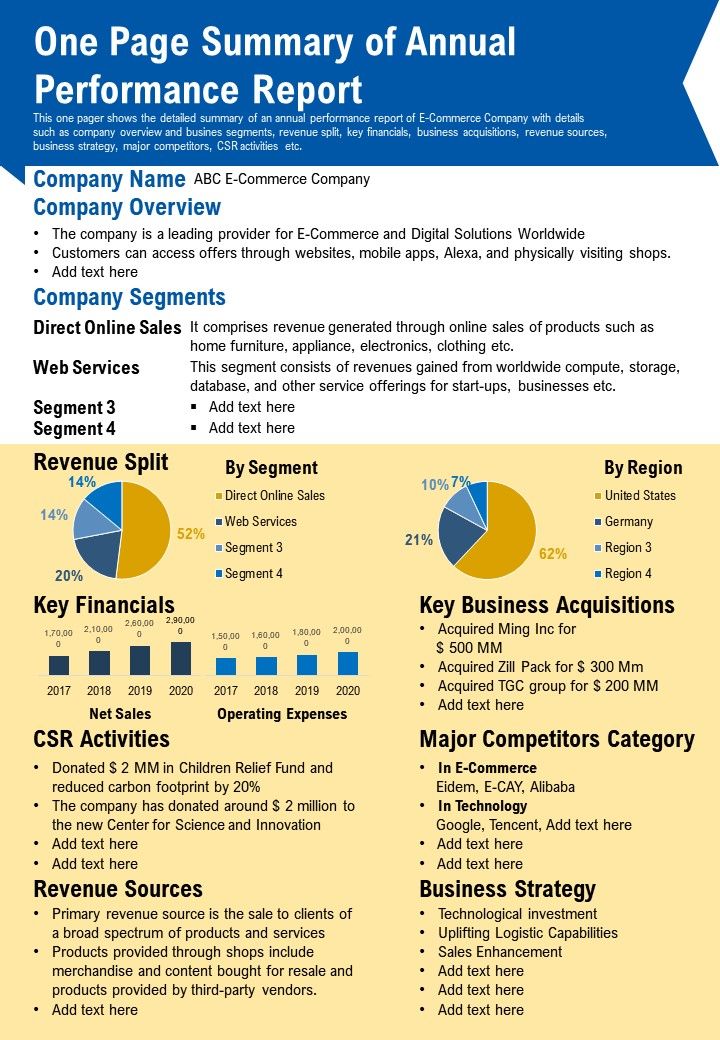

Figure 1 summarizes results of the MAUDE database search and included studies.Įmbase and Medline searches were conducted with the aid of a professional librarian from Duke University Medical Center. Device reports were collected through July 1 st, 2015. A start date of January 1 st, 2010 was specified to correspond with the Food and Drug Administration’s approval of the Melody® valve (January 25 th, 2010). We also performed separate searches using the keywords “MEDTRONIC”, “MEDTRONIC INC”, “MEDTRONIC HEART VALVES” or “HEART VALVES SANTA ANA” in the manufacturer field. We queried the online MAUDE database 8 using keywords “MELODY” or “TRANSCATHETER PULMONARY VALVE” in the brand name field. This database serves as a passive surveillance tool to monitor device performance and potentially detect adverse events associated with device use. Manufacturers and user facilities (hospitals, outpatient diagnostic or treatment facilities, nursing homes, and ambulatory surgical facilities) are required to report device-related death, serious injury, or malfunction while individual clinicians or patients can submit voluntary reports through the Food and drug administration’s “MedWatch” program. The MAUDE database is a searchable online database of medical device reports received by the Food and Drug Administration. 7 In addition, we conducted a structured literature review to capture additional reported adverse events and to evaluate whether there might be previously unrecognized or under-recognized adverse events associated with off-label Melody® valve implantation. To this end we queried the United States The Food and Drug AdministrationManufacturer and User Facility Device Experience (MAUDE) database, a mandatory (for industry) and voluntary (for providers and patients) reporting mechanism designed to facilitate capture of rare device-related adverse events. 6 Moreover case reports document that the Melody® valve is increasingly being used clinically in off-label fashion.Īfter widespread uptake and with increased off-label use, we sought to determine whether there might be reports of previously unrecognized or under recognized adverse events associated with Melody® valve implantation.

Since The Food and Drug Administrationapproval, the Melody® valve has gained rapid clinical acceptance and is now in widespread use. 2– 5 Although adverse event rates from these initial experiences were low, the collective experiences were inadequate to detect rare but potentially serious adverse events. Melody® trials (including the Investigational Device Exemption and post-market approval trials) and the European experience included 379 patients with 255 that were enrolled prospectively. 1 Similar to many other invasive devices, prospective clinical trials evaluating safety and feasibility of Melody® valve implantation enrolled a relatively small number of patients the combined U.S. The Melody® transcatheter pulmonary valve (Medtronic Inc., Plymouth, MN) was the first United States The Food and Drug Administrationapproved transcatheter heart valve.


 0 kommentar(er)
0 kommentar(er)
